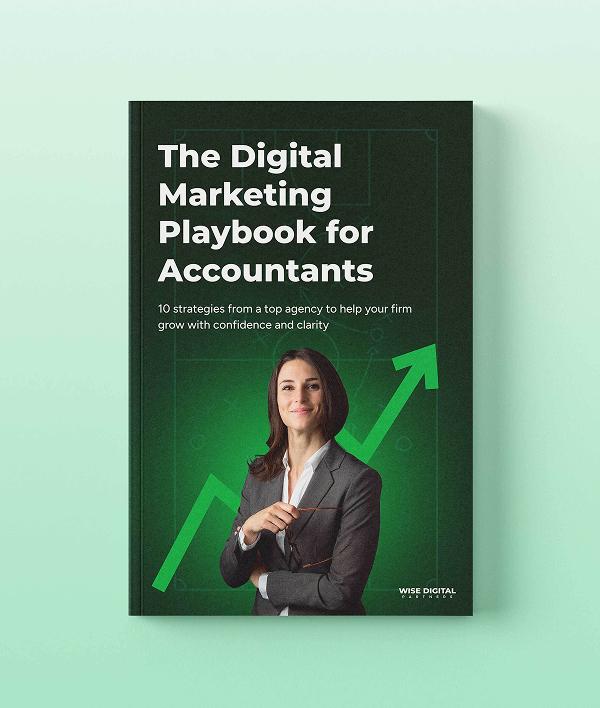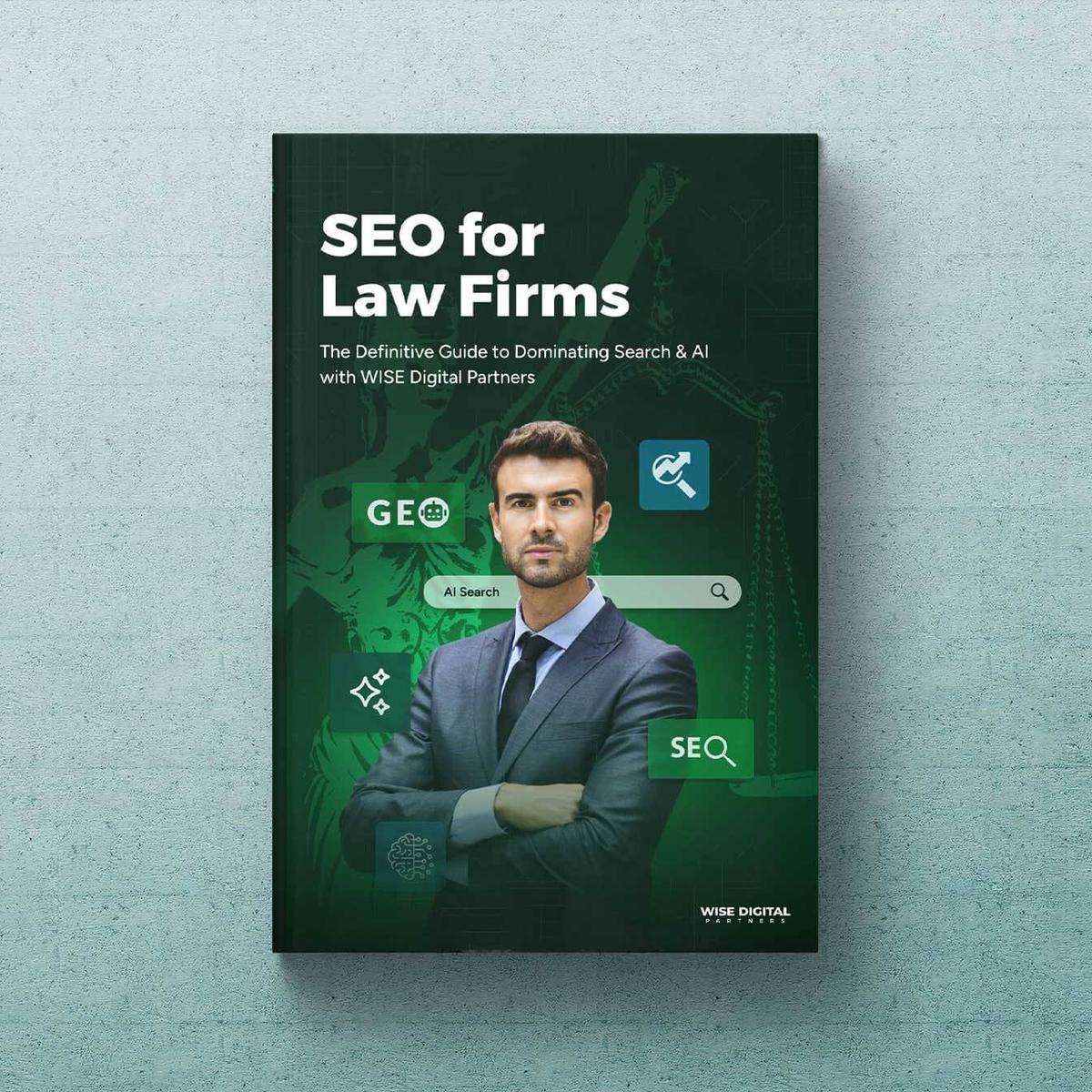It's Time to Get WISE.
A quick, honest call to assess your needs and point you in the right direction—no sales pitch. Best suited for:
- Established businesses with a defined marketing budget
- Businesses prepared to grow and scale
A deep dive with a top expert to uncover gaps and map a smarter path forward.
- Includes a $250 digital audit covering your website, SEO, local presence, and online performance—yours to keep.
- Get smart, actionable ideas you can apply to your business right away.

Enter the email you would like your guide sent to:

Enter the email you would like your guide sent to:

Enter the email you would like your guide sent to:
Apply Today
Please fill out the information below. Someone on our team will reach out in 3-5 business days to schedule a call if we see a good fit.
Book Patrick Dillon
Thanks for your interest in booking WISE CEO Patrick Dillon on your podcast! Please complete the form below, and a team member will contact you shortly.

Remove Negative Reviews.

8 Signs that You Need a New Website
There’s nothing like a well-designed website that brings you more customers or clients. Such a website is the cornerstone of any strong digital marketing plan. A good website makes everything else easier. A bad one? Well… it can confuse or frustrate people, deter them from learning about you, or stay hidden from search engines and potential customers.
A new website requires an investment of time and money. But how do you know if you need a new one, or if simply updating your current site will do? If you need a new site but don’t get one, it could cost you thousands of dollars annually and the potential to make back your website investment over the course of a year—and then some.
Let’s walk through 8 signs that you need a new website for your business.
#1. Not mobile responsive.
The way people use the internet has changed. In 2013, 16.2% of all web traffic worldwide came from mobile phones. In 2018, this jumped to 52.2% (SupplyGem). If you include tablets as well, you arrive at roughly 67% of all web traffic coming from mobile devices. That’s a lot!
Because the way people use the internet has changed, the way your website is designed needs to change as well. Mobile responsiveness means that websites can be easily viewed and navigated on phones and tablets as well as desktop computers. If your site isn’t mobile responsive, you need a new site to avoid losing business from frustrated website visitors.
Lastly, if your website isn’t responsive, you won’t just have problems with web visitors—you’ll now have issues with Google as well. On July 9, 2019, Google fully switched to mobile-first indexing. This means that when it scans websites for inclusion in its search engine results, it scans the mobile version of the site first. If your site isn’t mobile-friendly, it will be less likely to show up in Google searches. Simple as that.
#2. Too slow.
How fast do you think your website needs to be today? According to Neil Patel, 47% of consumers expect a site to load in 2 seconds or less. Meanwhile, 40% of people abandon a website that takes more than 3 seconds to load. Yikes! In case you’re not startled enough, consider two more statistics that might be difficult to swallow:
- A one second delay in page response—one second!—can result in a 7% reduction in conversions.
- If your e-commerce site is making $100,000 per day, a one second page delay could potentially cost you $2.5 million in lost sales every year.
All this means that your website needs to be fast enough to keep visitors engaged. You can quickly test your site speed using some free resources: Google’s own Mobile Speed Test and PageSpeed Insights. If it’s way too slow, a new website put together by expert developers should be a priority.
#3. Subpar SEO performance.
SEO—or Search Engine Optimization—is the art of getting your website to rank higher in search engine results and gain more traffic. A poorly constructed website can hinder your ability to rank on Google for a number of reasons, including the following:
- Mobile-friendliness (remember this?)
- Site speed (this one too!)
- Inadequate sitemap
- Inflexible website theme or template
- Inability to code proper HTML tags on site
- Older, blackhat SEO techniques that get your site penalized
Note that many SEO strategies can be implemented on slightly older websites to great success. However, there are times where trying to optimize an older, poorly designed site is like putting a Band-Aid on a bullet wound. Sometimes it’s better to let old things die in your business so it can thrive in the present and the future.
#4. Low conversion rates.
Good SEO strategies generate more leads (potential customers) for your business. However, the goal isn’t just to get more website traffic. The goal is to see website visitors actually convert—or take the next action step on your site towards becoming a customer, whether calling you, filling out a form, or purchasing a product or service.
Low conversion rates can be tracked by a website analytics expert who knows what to look for. The factors that can potentially contribute to low conversions are many, and sometimes a business website has several “conversion killing” flaws active at the same time. Needless to say, if your website isn’t bringing you new business on its own, it may be time to consider getting a website built with conversion in mind.
#5. Content difficulties.
When a website features great content—whether it’s written copy, photos, video, blog posts, product descriptions, etc.—it perfectly bridges the gap between what the consumer needs and what your business provides. Content is king, and content converts. However, some websites feature critical content flaws that either bore, confuse, or frustrate site visitors. These include the following:
- Thin content. This means that the content on your website is lacking, to the effect that users’ unanswered questions prevent them from converting. Thin content also hurts SEO as well.
- Inaccurate content. If you have an old website, it’s likely that it features some inaccuracies concerning the nature of your business. Not all inaccuracies are created equal. Some may leave users’ scratching their heads, while others can amount to “false advertising” and extremely disappointed consumers.
- Unengaging content. Boring or unengaging content is the kiss of death for many business websites. Your content doesn’t have to hold someone’s attention better than the latest action flick or bestselling novel, but it at least needs to speak to your audience clearly and capture their attention long enough to convert.
- Difficult-to-update content. Some websites are built on platforms or templates that make it difficult to add or otherwise modify content and code (for SEO). This is a no-no that can be remedied with a new site on a trusted platform like WordPress.
While some content difficulties can be addressed on older websites, lean on the experience and expertise of a digital agency to determine how urgent your need of a new site is.
#6. Outdated design or poor functionality.
If your website looks like it was built during the 2000s or even 2010, it’s time to get a new one built. Poor, outdated design will reflect on your business. Simple as that. Consumers will be more likely to trust a business if their site looks modern and the content is relevant. If the look and feel of your site is off, it can hinder profitability.
However, user experience and the functionality of your site should also be considered. If your site keeps breaking because it’s on an old template, or it’s difficult to navigate, then it’s time for a new website.
We often suggest to clients and partners that they should consider making changes to their website every month or at a minimum every quarter. Site refreshes should be done yearly, and in most cases websites should be replaced every 2-3 years.
#7. Website is not bringing you the right customers or clients.
Is your phone constantly ringing with the wrong type of client? If you’re not getting quality leads online, your website may be the culprit. There are two points to consider here:
- Every growing business does good work and has good customers, and if you have both, you’ll get referred to other good customers in turn. However, if those referrals visit your website before talking with you and get the wrong impression, you can kiss those opportunities goodbye. Business owners never have a true understanding of how much business they’re losing because their website is deterring good customers from reaching them at all.
- Businesses that have a poor website often attract the wrong type of customers. One example is if people keep calling your business after visiting you online and you constantly keep turning them away. We see this often in the professional services world with accounting firms and law firms getting calls about cases that have no business calling them. Oftentimes wrong tone and voice, look and feel, messaging, and other elements are to blame. When a little tweak won’t change anything, an overhaul may be needed.
#8. Website no longer aligns with your brand.
Let’s face it: businesses change and grow. Quite often, a business outgrows its website and needs a new one in cases like the following:
- Branding has changed (name, logo, audience, etc.)
- Tone and voice are no longer accurate
- Pages don’t reflect your current services or focus
- Your industry has evolved, and your site needs to evolve with it
There’s nothing worse than having a disconnect between what your business looks like and is in person, and what it looks like and is online. With our last two agencies, we re-did websites every 18 months because so much had changed within our business. Your website should always reflect your business in the present, and if it doesn’t, it’s time to make a change.
Consider the Opportunities & Choose Your Partners Wisely
Some business owners look at the prospect of a new website with anxiety and dread. “This is going to cost too much!” “This is going to take too long, and I’m not sure if the return will be worth it.” “Maybe it’s just not the right time.”
When faced with a monumental task like building a new website, you need to understand two things: 1) the opportunity it brings, and 2) the partnership it demands.
- Opportunity. A new, well-designed and well-performing website can pay for itself as you gain new customers or clients from it. If you invest now, you could reap the rewards sooner than you think.
- Partnership. Websites are intimidating for most business owners. That’s why you need a partner who can help you strategize and do the heavy lifting for you from start to finish.
Ready for a consultation to determine if you really do need a new website? Contact us today. We’ll be happy to help!
This post has been updated with new information since its original posting date.
Share
Subscribe to WISE Insights
Stay ahead of the digital marketing curve and never miss a lucrative trend or insightful tidbit – subscribe to our WISE blog!
Keep Reading
Build. Grow. Soar.
Get WISE about digital marketing with advanced services, industry experts, and cutting-edge tools designed for long-term, sustainable growth.






